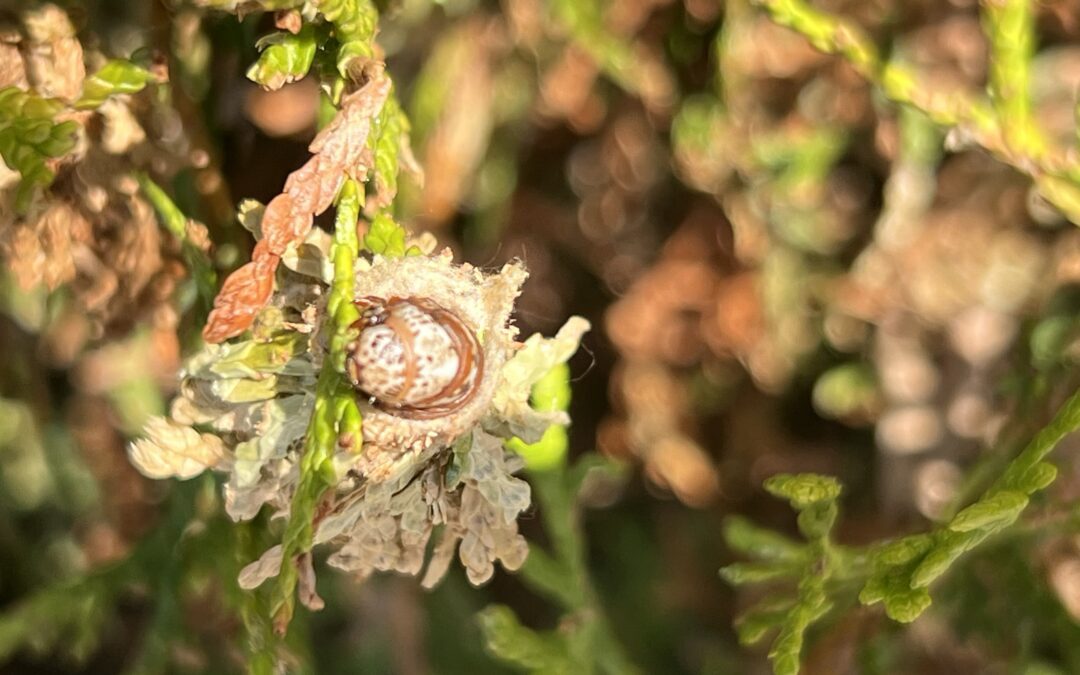Bagworms can be a significant nuisance for gardeners and landscapers, especially when they target ornamental plants and shrubs. These small pests, with their characteristic protective bags, can defoliate plants and cause long-term damage if left unchecked. Fortunately, there are effective strategies for both preventing and managing bagworm infestations. Here’s a comprehensive guide to help you combat and avoid bagworms in your landscape.
Understanding Bagworms
Before diving into control methods, it’s important to understand what bagworms are and how they operate. Bagworms are the larvae of moths in the family Psychidae. They create protective cases or “bags” out of silk and environmental debris, such as twigs and leaves. These bags serve as both camouflage and protection, making it challenging to spot and manage the pests.
Prevention Strategies
- Regular Inspections: One of the most effective ways to prevent bagworm infestations is through regular inspections of your plants. Check your trees and shrubs, especially during late spring and summer, for the presence of bagworms. Early detection is key to managing and preventing widespread infestations.
- Pruning and Maintenance: Keep your plants healthy and well-maintained. Regular pruning can help remove any early-stage bagworms and their bags. Ensuring that plants are not overgrown can also make it easier to spot potential infestations before they escalate.
- Diverse Planting: Avoid planting large areas of the same type of tree or shrub. Bagworms tend to infest specific types of plants, such as junipers and arborvitae. By diversifying your plant selections, you can reduce the risk of widespread damage if an infestation does occur.
- Encourage Natural Predators: Promote a balanced ecosystem by encouraging natural predators of bagworms. Birds, spiders, and beneficial insects can help keep bagworm populations in check. Installing birdhouses or providing habitat for beneficial insects can enhance natural pest control.
- Use Bagworm-Resistant Plants: Consider incorporating plants that are less attractive to bagworms into your landscape. Consult with local horticulturists or extension services to identify species that are less likely to be targeted by these pests.
Combatting Bagworm Infestations
If you find yourself dealing with an existing bagworm infestation, there are several strategies to effectively manage and eliminate the pests:
- Manual Removal: For small infestations, manually removing bagworms can be an effective solution. Carefully pluck the bags from the branches and destroy them. This method is labor-intensive but can be highly effective when dealing with a limited number of bagworms.
- Chemical Control: When dealing with larger infestations, chemical treatments may be necessary. Insecticides specifically designed for bagworms can help control the population. Look for products that contain Bacillus thuringiensis (Bt), a naturally occurring bacterium that targets bagworm larvae. Always follow the manufacturer’s instructions and apply the product when larvae are actively feeding for best results.
- Neem Oil: Neem oil is another option for controlling bagworms. It acts as a natural insecticide and can disrupt the feeding and growth of larvae. Apply neem oil according to the product instructions, ensuring thorough coverage of the affected plants.
- Pheromone Traps: Pheromone traps can be used to monitor and control bagworm populations. These traps attract adult male bagworms and help reduce the number of eggs laid. Place traps in the vicinity of the affected plants to capture and monitor the pests.
- Insecticidal Soaps: For a less toxic option, insecticidal soaps can be effective against bagworm larvae. These soaps work by disrupting the insect’s cellular structure and are generally safe for plants and beneficial insects when used correctly.
Post-Treatment Care
After addressing a bagworm infestation, continue to monitor your plants for any signs of recurring issues. Regular inspections and maintenance will help ensure that new infestations are caught early and managed promptly.
- Fertilization and Care: Provide proper care for your plants to help them recover from any damage caused by bagworms. Fertilize and water appropriately to promote healthy growth and resilience.
- Ongoing Monitoring: Keep an eye on your plants throughout the growing season to catch any potential re-infestations early. Consistent monitoring and preventative measures will help protect your landscape from future issues.
Conclusion
Bagworms can be a challenging pest, but with proactive prevention and effective management strategies, you can minimize their impact on your landscape. By staying vigilant and implementing these techniques, you can keep your plants healthy and beautiful, ensuring your garden thrives despite the occasional bagworm challenge. Please reach out with any concerns or questions, we are here to help you create a beautiful pest-free environment for all plants, shrubs, and trees to thrive.


